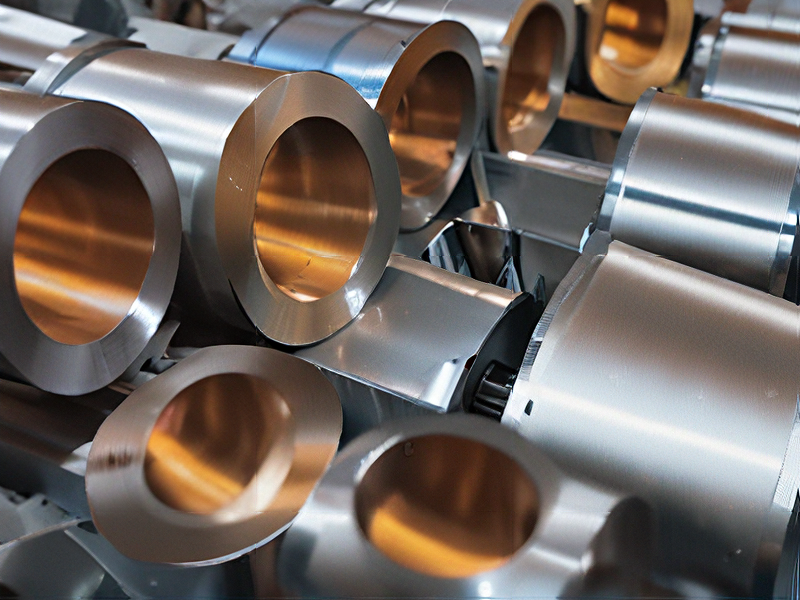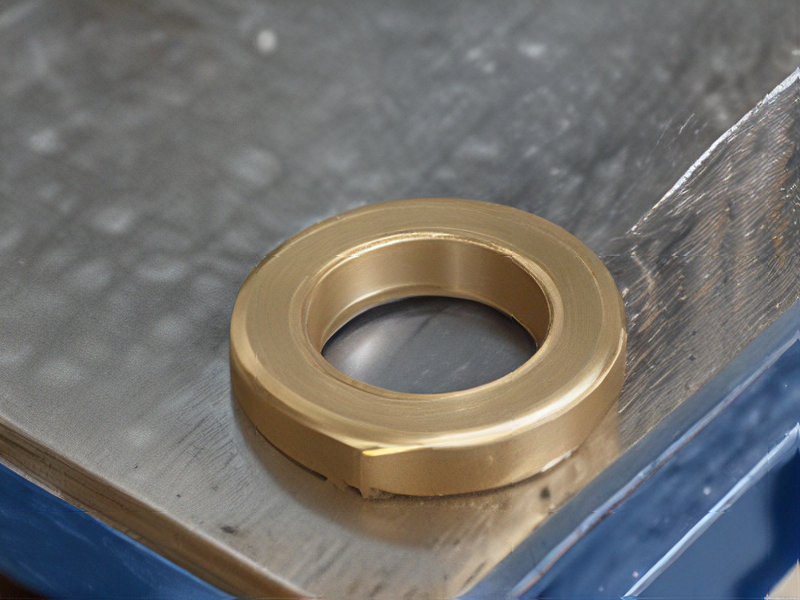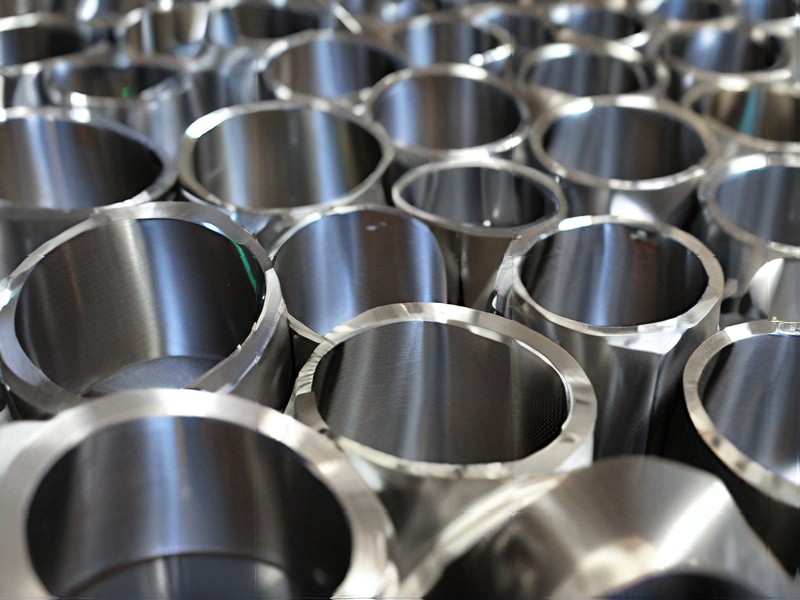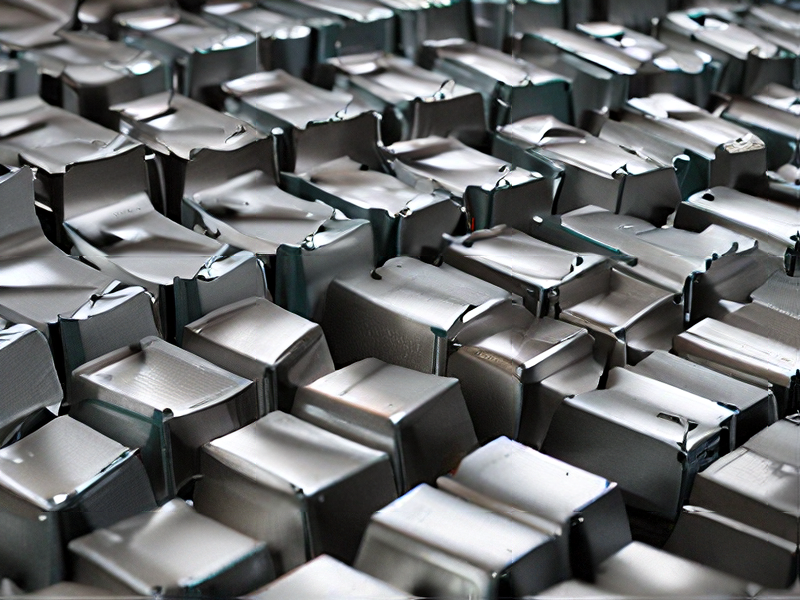Technology and Applications of anodizing metal
Anodizing is an electrochemical process used to enhance the surface properties of metals, primarily aluminum. The process involves immersing the metal in an electrolyte solution and passing an electric current through it, resulting in the formation of an oxide layer on the surface. This layer improves corrosion resistance, surface hardness, and aesthetic appearance.
Technology of Anodizing
1. Electrolyte Solutions: Common electrolytes include sulfuric acid, chromic acid, and phosphoric acid. Sulfuric acid is most widely used due to its efficiency and effectiveness.
2. Electrical Current: A direct current is applied, causing oxygen ions from the electrolyte to combine with the metal atoms at the surface, forming a protective oxide layer.
3. Sealing: Post-anodizing, the oxide layer is often sealed in hot water or steam to close the pores, enhancing corrosion resistance and dye absorption.
Applications of Anodizing
1. Aerospace Industry: Anodized aluminum components are widely used in aircraft for their lightweight, enhanced durability, and resistance to wear and corrosion.
2. Architecture and Construction: Anodized aluminum is used in building facades, window frames, and panels due to its aesthetic appeal and resistance to weathering.
3. Consumer Electronics: The process is used to create durable, colorful finishes on smartphones, laptops, and other gadgets.
4. Automotive Industry: Anodized parts are employed for both functional and decorative purposes, enhancing the longevity and appearance of vehicle components.
5. Food and Medical Equipment: Anodized surfaces are used for their non-reactive and hygienic properties, making them suitable for cookware, medical devices, and implants.
Benefits
– Durability: The oxide layer is integral to the metal, providing long-lasting protection.
– Aesthetic Variety: Anodizing allows for various color finishes that are UV-stable and resistant to fading.
– Environmentally Friendly: The process is relatively eco-friendly compared to other surface treatments, as it does not involve heavy metals or hazardous by-products.
Anodizing, through its versatile applications and technological advancements, continues to be a critical process in enhancing the properties and extending the lifespan of metal products across various industries.

Quality Testing Methods for anodizing metal and how to control quality
Quality testing for anodized metals involves several methods to ensure the coating’s durability, consistency, and appearance. Key testing methods include:
1. Thickness Measurement: Using eddy current or micrometer techniques to measure the anodized layer’s thickness, ensuring it meets specified standards.
2. Hardness Testing: Employing a hardness tester to evaluate the coating’s surface hardness, ensuring it provides the desired protection.
3. Adhesion Testing: Performing a tape test or bend test to ensure the anodized layer adheres properly to the substrate.
4. Corrosion Resistance: Conducting salt spray tests to assess the coating’s ability to withstand corrosive environments.
5. Sealing Quality: Testing the sealing of the anodized layer using dye spot or acid dissolution tests to ensure no pores remain that could lead to corrosion.
6. Color Consistency: Using spectrophotometers to check for uniform color distribution across the anodized surface.
To control quality:
– Pre-treatment Control: Ensure proper cleaning and etching before anodizing to remove impurities and achieve a uniform surface.
– Process Monitoring: Regularly monitor anodizing bath parameters such as temperature, current density, and electrolyte composition to maintain consistent coating properties.
– Post-treatment Procedures: Implement standardized post-anodizing treatments like sealing and dyeing to enhance corrosion resistance and color uniformity.
– Regular Inspection: Perform routine inspections and testing of samples from production batches to identify and correct deviations promptly.
– Training and Documentation: Train personnel in anodizing techniques and maintain detailed process documentation for traceability and quality assurance.
By adhering to these methods and controls, the quality of anodized metal can be reliably maintained, ensuring the final product meets performance and aesthetic requirements.

Tips for Procurement and Considerations when Purchasing from anodizing metal
When procuring anodized metal, consider the following tips to ensure you make an informed decision:
1. Understand the Specifications: Clearly define the specifications required for your project, including the type of metal, thickness of the anodized layer, color, and finish. This ensures you communicate effectively with suppliers and get exactly what you need.
2. Supplier Reputation: Choose suppliers with a strong reputation and proven track record in anodizing metal. Check reviews, ask for references, and evaluate their experience in your industry to ensure they can meet your quality standards.
3. Quality Assurance: Verify that the supplier adheres to relevant quality standards and certifications. Request samples and conduct quality tests to confirm the anodizing process meets your durability and aesthetic requirements.
4. Cost Considerations: Compare prices from multiple suppliers, but don’t compromise on quality for cost savings. Consider the total cost of ownership, including potential rework or replacements if the initial quality is subpar.
5. Lead Time and Delivery: Discuss lead times and ensure the supplier can meet your project deadlines. Reliable delivery schedules are crucial to maintaining your production timelines and avoiding costly delays.
6. Customization Options: Ensure the supplier offers customization options that align with your project needs, such as specific colors, textures, or patterns. Anodizing processes vary, so it’s essential they can achieve the desired finish.
7. Environmental Impact: Consider the environmental policies of the supplier. Anodizing involves chemical processes, so ensure the supplier follows environmentally friendly practices and complies with local regulations.
8. Technical Support: Choose a supplier that provides excellent technical support and customer service. They should be able to assist with technical queries, troubleshooting, and provide guidance throughout the procurement process.
9. Sample Orders: Before placing a large order, request sample pieces to assess the quality and suitability. This helps in identifying any potential issues before committing to a full-scale purchase.
10. Contract and Terms: Review the contract thoroughly, including terms of payment, warranties, and return policies. Ensure everything is documented to avoid misunderstandings and protect your interests.
By following these tips, you can make a well-informed decision when purchasing anodized metal, ensuring quality, cost-effectiveness, and timely delivery.

FAQs on Sourcing and Manufacturing from anodizing metal in China
When sourcing and manufacturing anodized metal in China, several key FAQs arise:
1. What is anodizing?
Anodizing is an electrochemical process that enhances the corrosion resistance and surface durability of metals like aluminum. It involves immersing the metal in an electrolyte bath and passing an electric current through it.
2. Why choose China for anodizing?
China offers competitive pricing due to lower labor and operational costs. It also has a robust manufacturing infrastructure and a wide range of specialized anodizing facilities.
3. What should I consider when selecting a supplier?
Look for suppliers with experience in anodizing your specific type of metal. Ensure they adhere to international quality standards (e.g., ISO 9001) and have a track record of delivering on time.
4. What are the common challenges?
Quality control can be a concern, so regular inspections and clear communication are essential. Language barriers and cultural differences may also impact communication and understanding.
5. How can I ensure quality and consistency?
Conduct regular quality audits and inspections during production. Provide detailed specifications and samples for reference. Establish clear communication channels and visit the facility if possible.
6. What are the typical lead times and costs?
Lead times can vary based on order volume and complexity but typically range from a few days to several weeks. Costs depend on the size, complexity of parts, and finishing requirements.
7. What about intellectual property protection?
Ensure suppliers respect intellectual property rights by signing non-disclosure agreements (NDAs) and outlining confidentiality clauses in contracts.
Navigating these considerations will help ensure a successful anodizing process when sourcing and manufacturing from China.

